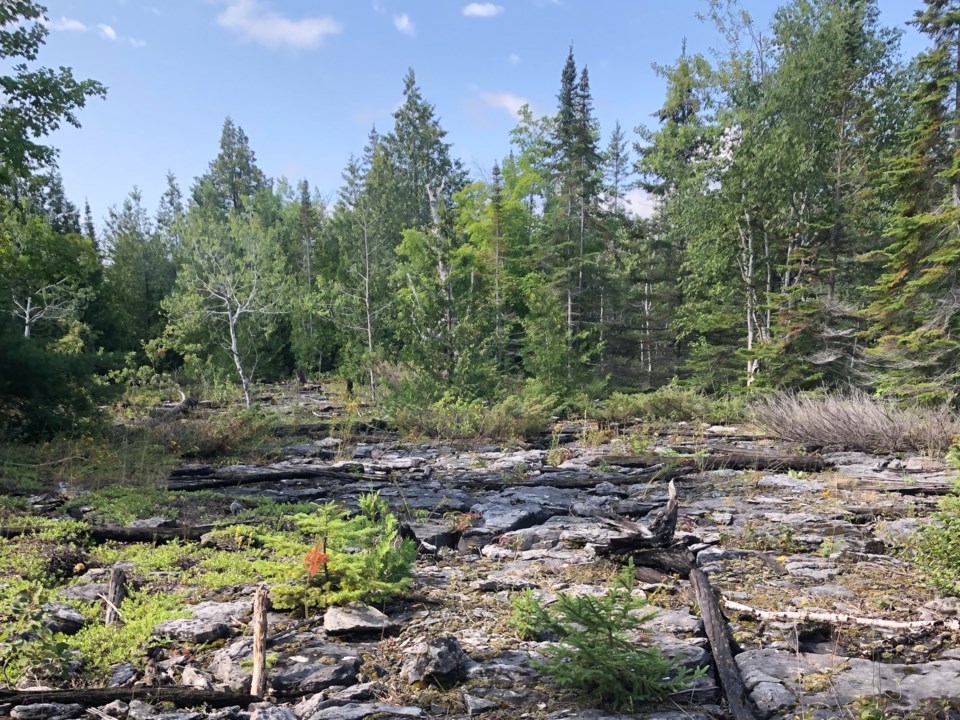NEWS RELEASE
NATURE CONSERVANCY OF CANADA
************************
Midwestern Ontario is home to some of the Great Lakes region’s most important biodiversity hot spots, supporting an exceptional abundance of species
and habitats, and today an additional 105 hectares of thriving forests and alvars have been protected forever. The Nature Conservancy of Canada (NCC) is announcing the protection of two new nature preserves to mark Earth Day: Sturgeon Bay Forest, located on the Saugeen (Bruce) Peninsula near Wiarton, and an additional 40-hectare property added to existing conservation lands on Cockburn Island, west of Manitoulin Island in Lake Huron.
The 65-hectare Sturgeon Bay Forest features expansive, intact forests that provide habitat for many species and support biodiversity. These forests also provide important ecosystem services for nearby communities, such as cleaning air and filtering water, while storing carbon within their trees, roots, soils and wetlands, and helping to slow the pace of climate change.
This project builds on existing work by NCC and other conservation partners in the area. These collective protection efforts help ensure sufficiently large tracts of land on the peninsula are available to support species throughout their life cycles. The deciduous, mixed and coniferous forests at this site provide high-quality habitat for wide-ranging species, such as American black bear.
Meanwhile, the additional 40 hectares protected on Cockburn Island contain alvars, an unusual habitat type characterized by shallow soils and areas of exposed bedrock that supports several species thought to have originated when the climate was warmer and drier than today. Several species at risk have been documented here, including Hill’s thistle. The property also contains pockets of diverse forest communities.
At the greater landscape scale, the forests and alvars at these two newly protected nature preserves will safeguard important habitat for at-risk bird species, including eastern wood-pewee and wood thrush, as both sites are found along a major migratory bird route.
The protection of Sturgeon Bay Forest and the additional 40 hectares on Cockburn Island are the latest in NCC’s land conservation efforts in the Saugeen (Bruce) Peninsula and Manitoulin Island Archipelago natural areas. Together with its partners, NCC has protected over 35,000 hectares of ecologically significant land in these regions.
These projects were made possible in part by the Government of Canada, through the Nature Smart Climate Solutions fund, and the Government of Ontario, through the Greenlands Conservation Partnership Program. NCC also thanks the many private donors across Ontario who supported these projects.
Conserving nature helps ensure healthy futures for wildlife and people, bolstering our ability to thrive in a changing world. In the past two years alone, NCC has influenced the protection of more than one million hectares (almost twice the size of Prince Edward Island), coast to coast to coast. Over the next few years, the organization will double its impact by mobilizing people and delivering permanent, large-scale conservation. In the face of rapid biodiversity loss and climate
change, nature is our ally. There is no solution to either without nature conservation. Nature makes it possible.
************************
